Blackberry 2012 Annual Report Download - page 38
Download and view the complete annual report
Please find page 38 of the 2012 Blackberry annual report below. You can navigate through the pages in the report by either clicking on the pages listed below, or by using the keyword search tool below to find specific information within the annual report.-
 1
1 -
 2
2 -
 3
3 -
 4
4 -
 5
5 -
 6
6 -
 7
7 -
 8
8 -
 9
9 -
 10
10 -
 11
11 -
 12
12 -
 13
13 -
 14
14 -
 15
15 -
 16
16 -
 17
17 -
 18
18 -
 19
19 -
 20
20 -
 21
21 -
 22
22 -
 23
23 -
 24
24 -
 25
25 -
 26
26 -
 27
27 -
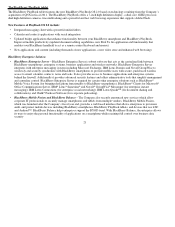 28
28 -
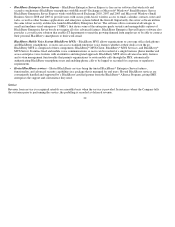 29
29 -
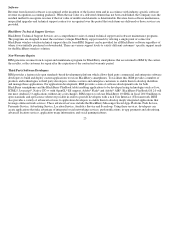 30
30 -
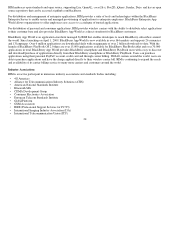 31
31 -
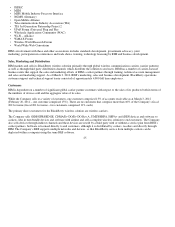 32
32 -
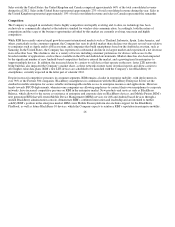 33
33 -
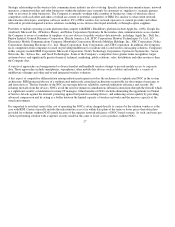 34
34 -
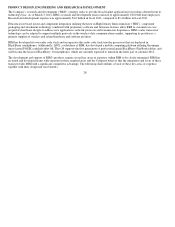 35
35 -
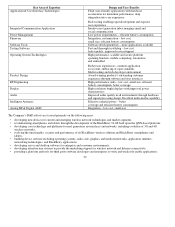 36
36 -
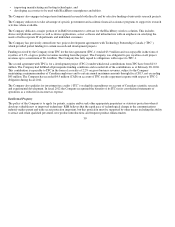 37
37 -
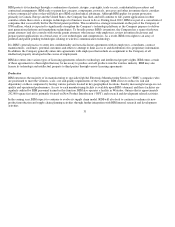 38
38 -
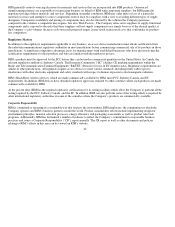 39
39 -
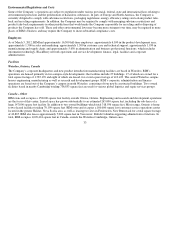 40
40 -
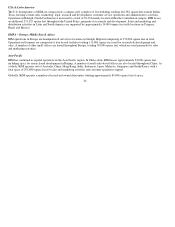 41
41 -
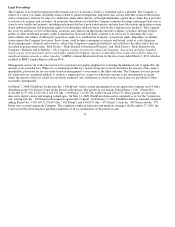 42
42 -
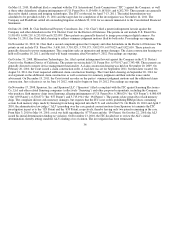 43
43 -
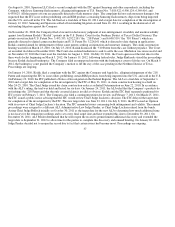 44
44 -
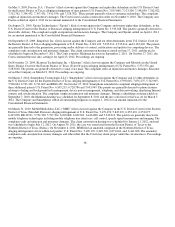 45
45 -
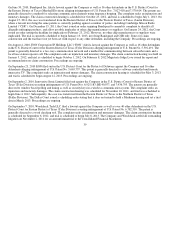 46
46 -
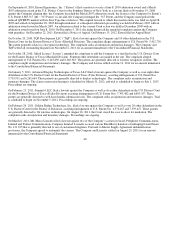 47
47 -
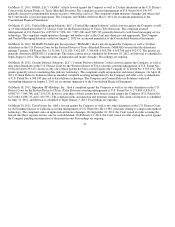 48
48 -
 49
49 -
 50
50 -
 51
51 -
 52
52 -
 53
53 -
 54
54 -
 55
55 -
 56
56 -
 57
57 -
 58
58 -
 59
59 -
 60
60 -
 61
61 -
 62
62 -
 63
63 -
 64
64 -
 65
65 -
 66
66 -
 67
67 -
 68
68 -
 69
69 -
 70
70 -
 71
71 -
 72
72 -
 73
73 -
 74
74 -
 75
75 -
 76
76 -
 77
77 -
 78
78 -
 79
79 -
 80
80 -
 81
81 -
 82
82 -
 83
83 -
 84
84 -
 85
85 -
 86
86 -
 87
87 -
 88
88 -
 89
89 -
 90
90 -
 91
91 -
 92
92 -
 93
93 -
 94
94 -
 95
95 -
 96
96 -
 97
97 -
 98
98 -
 99
99 -
 100
100 -
 101
101 -
 102
102 -
 103
103 -
 104
104 -
 105
105 -
 106
106 -
 107
107 -
 108
108 -
 109
109 -
 110
110 -
 111
111 -
 112
112 -
 113
113 -
 114
114 -
 115
115 -
 116
116 -
 117
117 -
 118
118 -
 119
119 -
 120
120 -
 121
121 -
 122
122 -
 123
123 -
 124
124 -
 125
125 -
 126
126 -
 127
127 -
 128
128 -
 129
129 -
 130
130 -
 131
131 -
 132
132 -
 133
133 -
 134
134 -
 135
135 -
 136
136 -
 137
137 -
 138
138 -
 139
139 -
 140
140 -
 141
141 -
 142
142 -
 143
143 -
 144
144 -
 145
145 -
 146
146 -
 147
147 -
 148
148 -
 149
149 -
 150
150 -
 151
151 -
 152
152 -
 153
153 -
 154
154 -
 155
155 -
 156
156 -
 157
157 -
 158
158 -
 159
159 -
 160
160 -
 161
161 -
 162
162 -
 163
163 -
 164
164 -
 165
165 -
 166
166 -
 167
167 -
 168
168 -
 169
169 -
 170
170 -
 171
171 -
 172
172 -
 173
173 -
 174
174 -
 175
175 -
 176
176 -
 177
177 -
 178
178 -
 179
179 -
 180
180 -
 181
181 -
 182
182 -
 183
183 -
 184
184 -
 185
185 -
 186
186 -
 187
187 -
 188
188 -
 189
189 -
 190
190 -
 191
191 -
 192
192 -
 193
193 -
 194
194 -
 195
195 -
 196
196 -
 197
197 -
 198
198 -
 199
199 -
 200
200 -
 201
201 -
 202
202 -
 203
203 -
 204
204 -
 205
205 -
 206
206 -
 207
207 -
 208
208 -
 209
209 -
 210
210 -
 211
211 -
 212
212 -
 213
213 -
 214
214 -
 215
215 -
 216
216 -
 217
217 -
 218
218 -
 219
219 -
 220
220 -
 221
221 -
 222
222 -
 223
223 -
 224
224 -
 225
225 -
 226
226 -
 227
227 -
 228
228 -
 229
229 -
 230
230 -
 231
231 -
 232
232 -
 233
233 -
 234
234 -
 235
235 -
 236
236 -
 237
237 -
 238
238 -
 239
239 -
 240
240 -
 241
241 -
 242
242 -
 243
243 -
 244
244 -
 245
245 -
 246
246 -
 247
247 -
 248
248 -
 249
249 -
 250
250 -
 251
251 -
 252
252 -
 253
253 -
 254
254 -
 255
255 -
 256
256 -
 257
257 -
 258
258 -
 259
259 -
 260
260 -
 261
261 -
 262
262 -
 263
263 -
 264
264 -
 265
265 -
 266
266 -
 267
267 -
 268
268 -
 269
269 -
 270
270 -
 271
271 -
 272
272 -
 273
273 -
 274
274
 |
 |

RIM protects its technology through a combination of patents, designs, copyrights, trade secrets, confidentiality procedures and
contractual arrangements. RIM seeks to patent key concepts, components, protocols, processes and other inventions that it considers
to have commercial value or that will likely give RIM a technological advantage. Although RIM applies for patent protection
primarily in Canada, Europe and the United States, the Company has filed, and will continue to file, patent applications in other
countries where there exists a strategic technological or business reason to do so. During fiscal 2012, RIM was part of a consortium of
companies that successfully bid for the Nortel patent portfolio. This resulted in a strategic investment on the part of the Company of
$780 million, which is expected to significantly strengthen the Company’s technology platform, as the Company prepares to deliver
next generation platforms and smartphone technologies. To broadly protect RIM’s inventions, the Company has a team of in-house
patent attorneys and also consults with outside patent attorneys who interact with employees, review invention disclosures and
prepare patent applications on a broad array of core technologies and competencies. As a result, RIM owns rights to an array of
patented and patent pending technologies relating to wireless communication technology.
It is RIM’s general practice to enter into confidentiality and non-disclosure agreements with its employees, consultants, contract
manufacturers, customers, potential customers and others to attempt to limit access to and distribution of its proprietary information.
In addition, the Company generally enters into agreements with employees that include an assignment to the Company of all
intellectual property developed in the course of employment.
RIM also enters into various types of licensing agreements related to technology and intellectual property rights. RIM enters certain
of these agreements to obtain rights that may be necessary to produce and sell products into the wireless industry. RIM may also
license its technology and intellectual property to third parties through various licensing agreements.
P
roduction
RIM outsources the majority of its manufacturing to specialized global Electronic Manufacturing Services (“EMS”) companies who
are positioned to meet the volumes, scale, cost and quality requirements of the Company. RIM strives to reduce its risk and
dependency on these companies by having various partners located in key geographical locations, thereby increasing leverage on cost,
quality and operational performance. Access to each manufacturing facility is available upon RIM’s demand, and these facilities are
regularly audited by RIM personnel trained in this function. RIM also operates a facility in Waterloo, Ontario that is approximately
242,000 square feet and is primarily focused on New Product Introduction (“NPI”) and research and development related activities.
In the coming year, RIM expects to continue to evolve its supply chain model. RIM will also look to continue to enhance its new
product introduction and supply chain planning activities through further integration with RIM internal research and development
activities.
31
